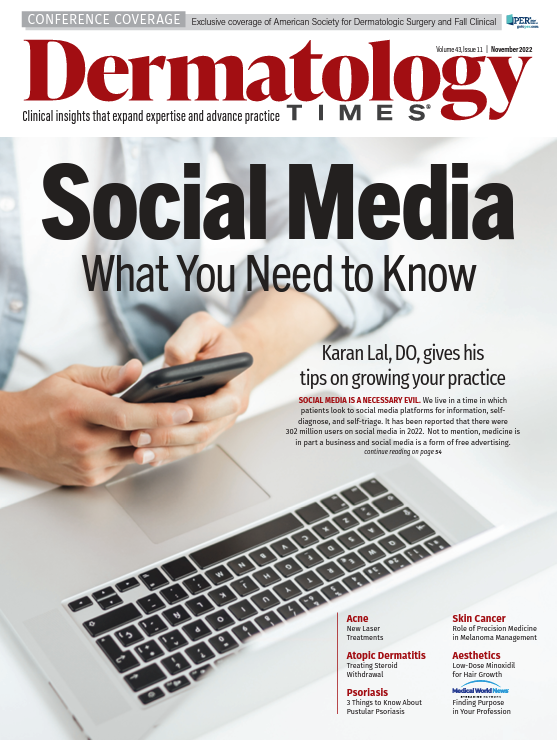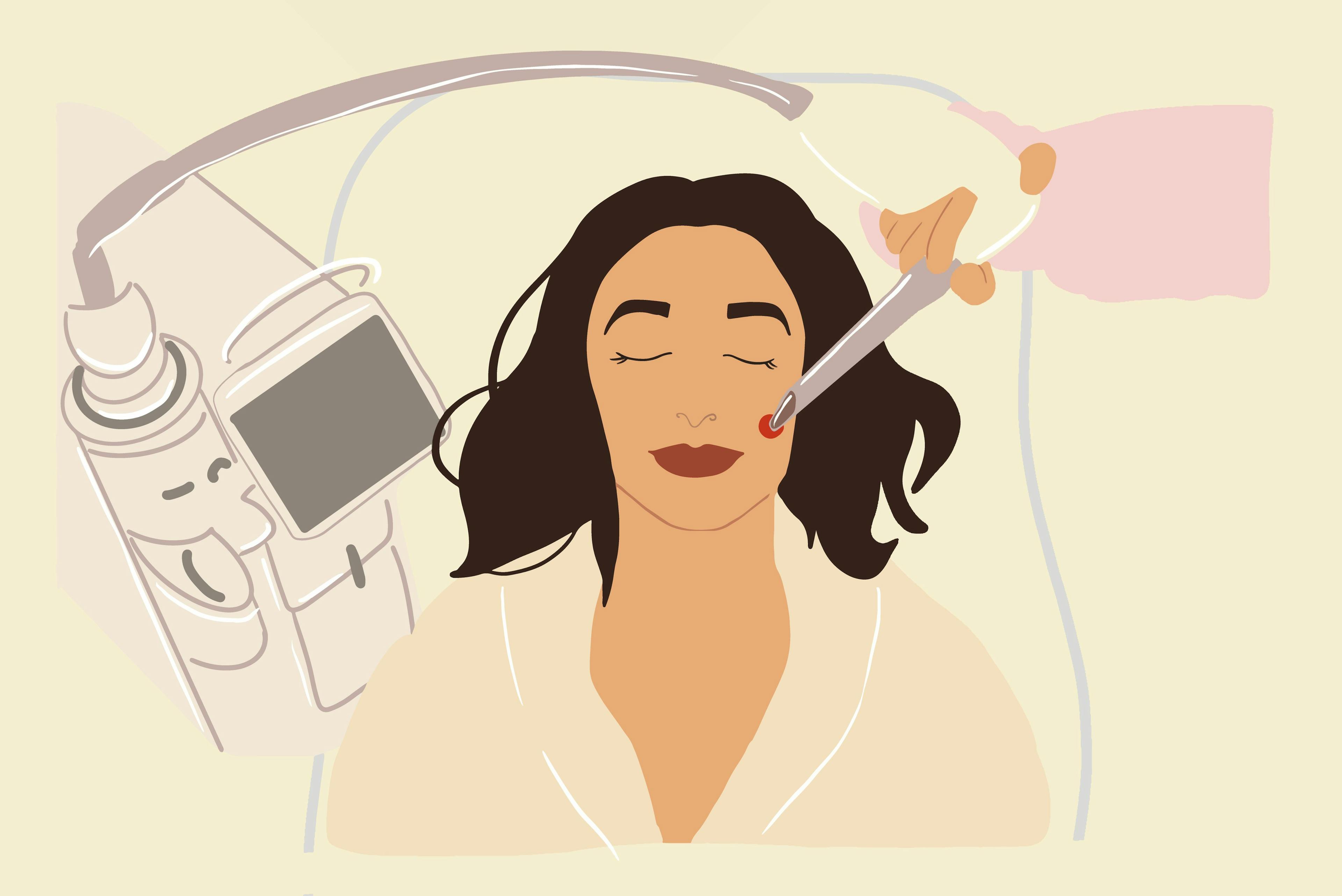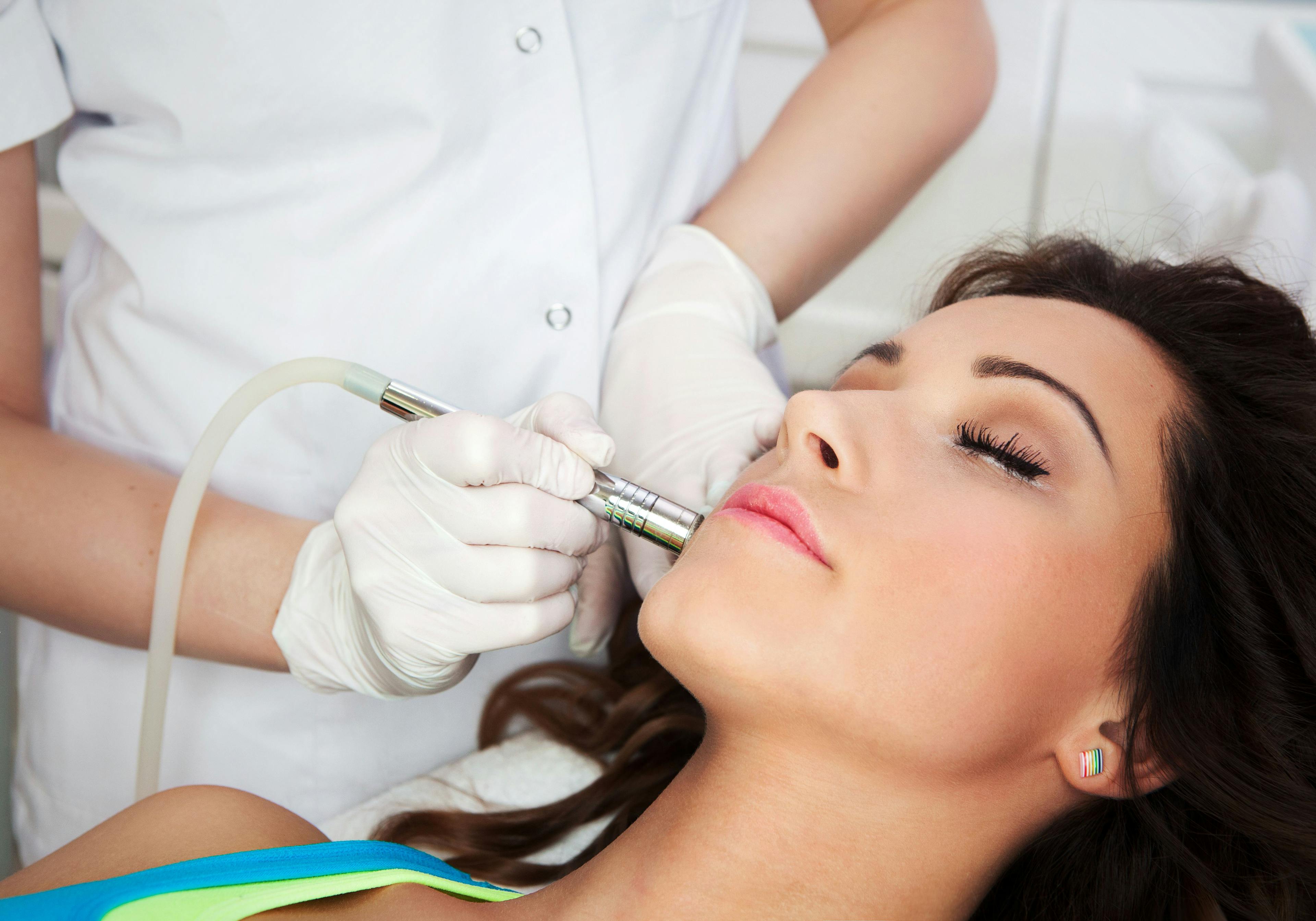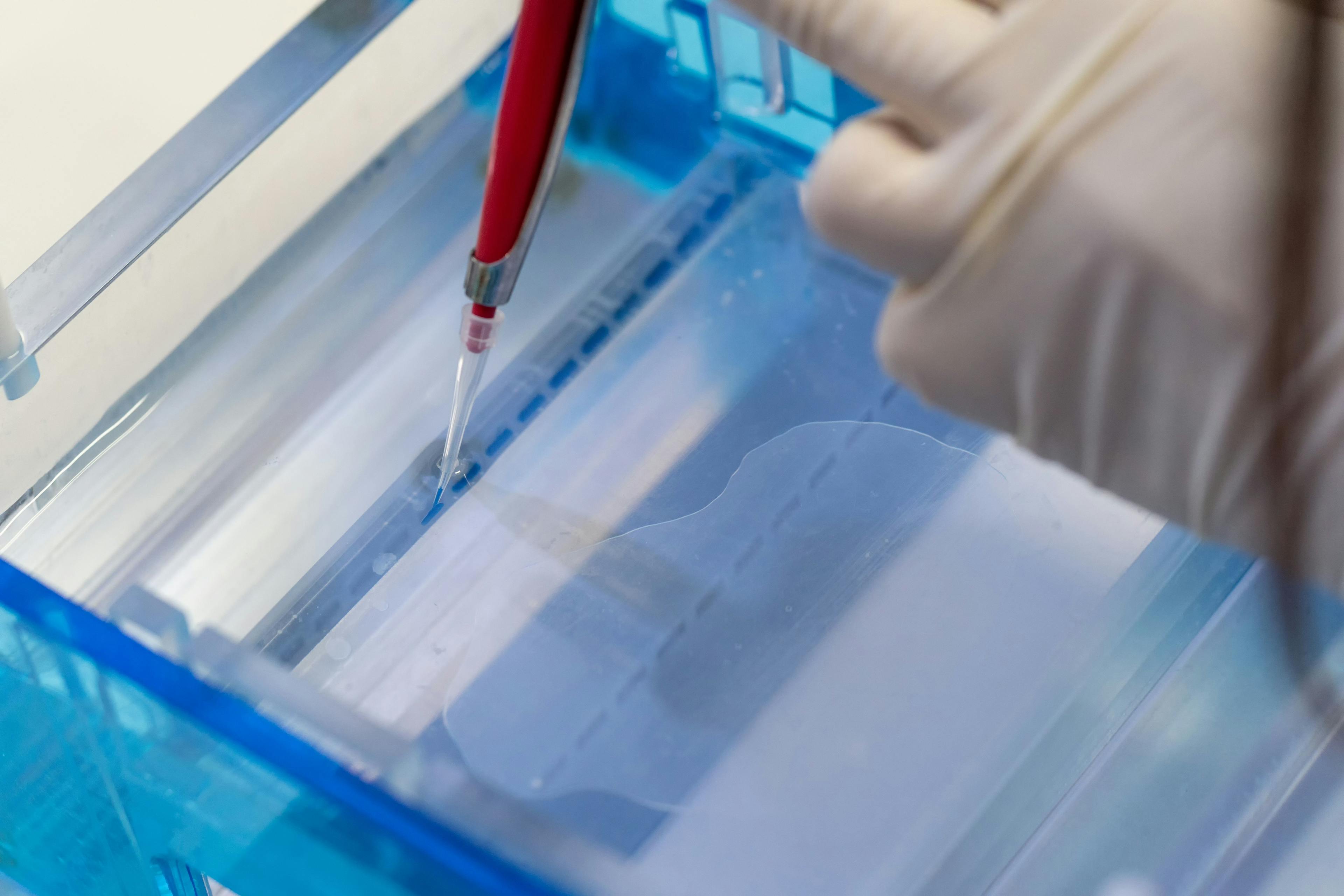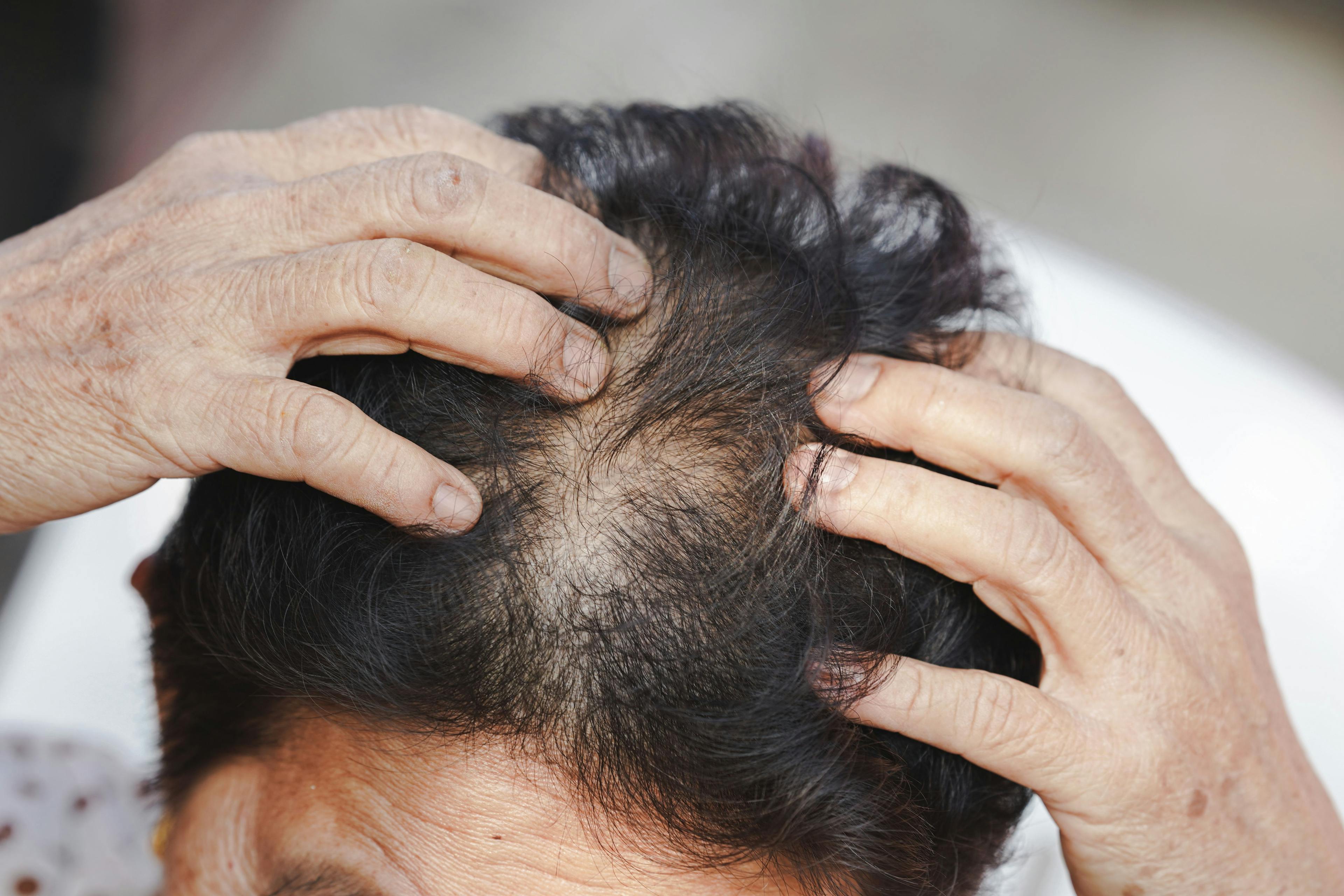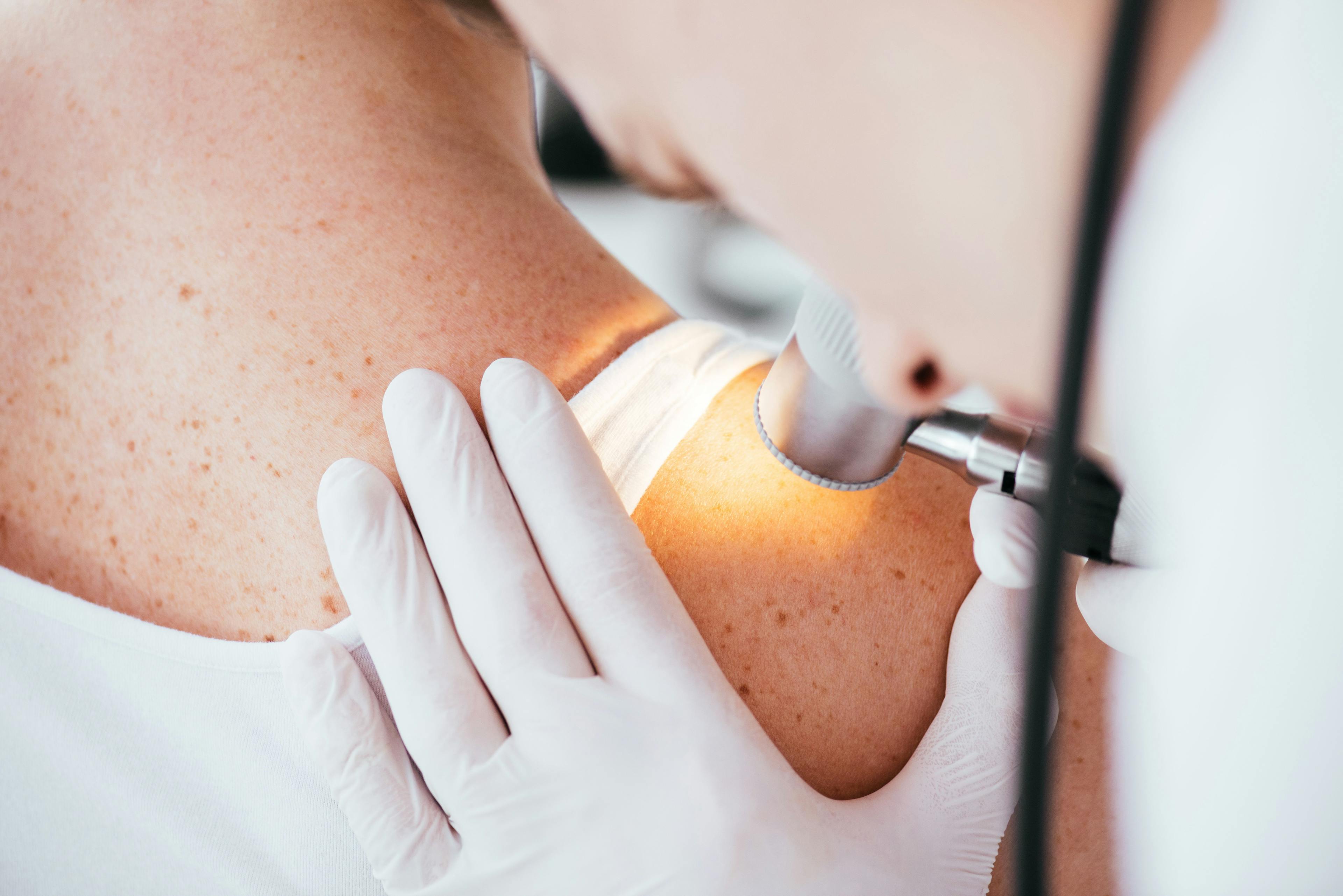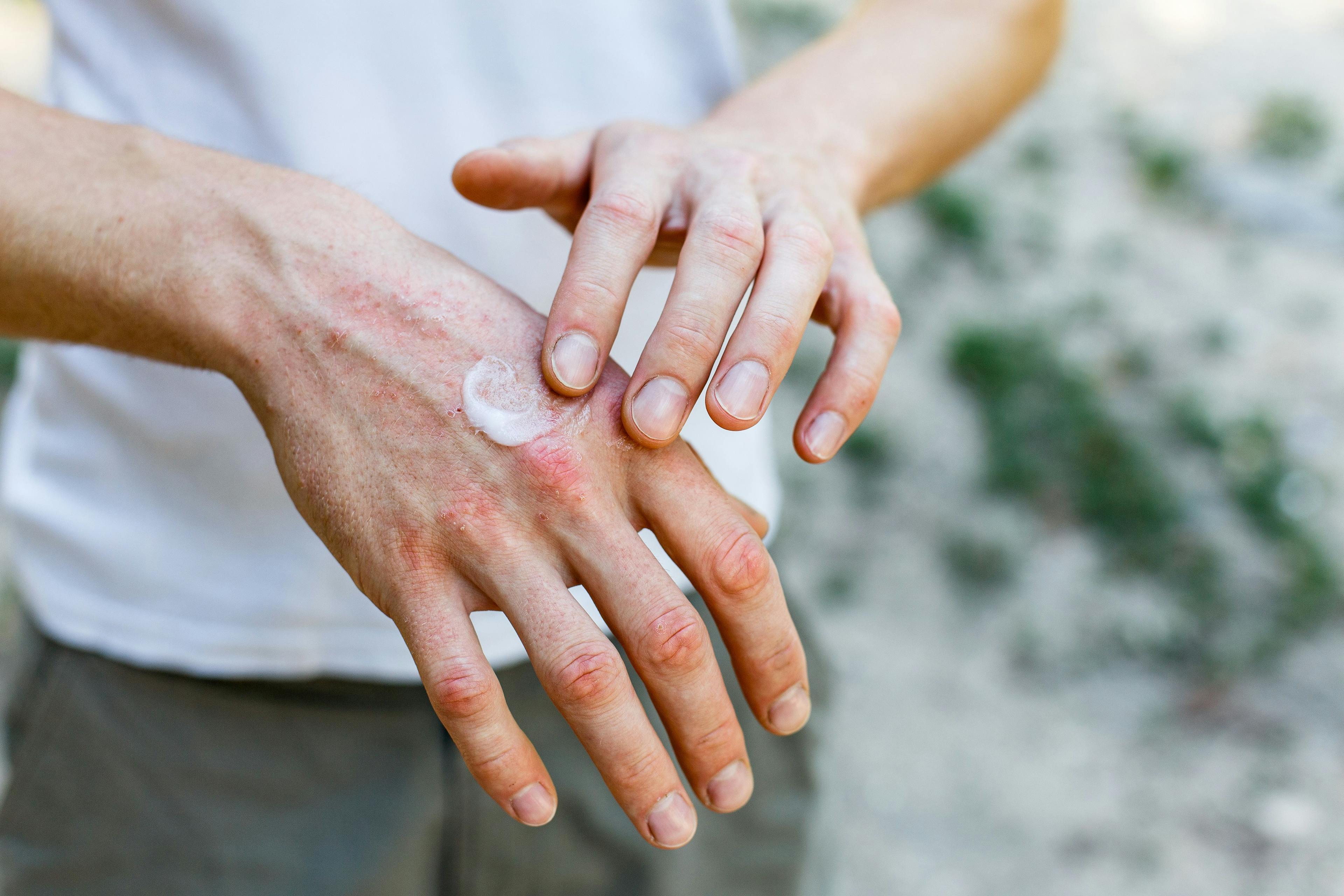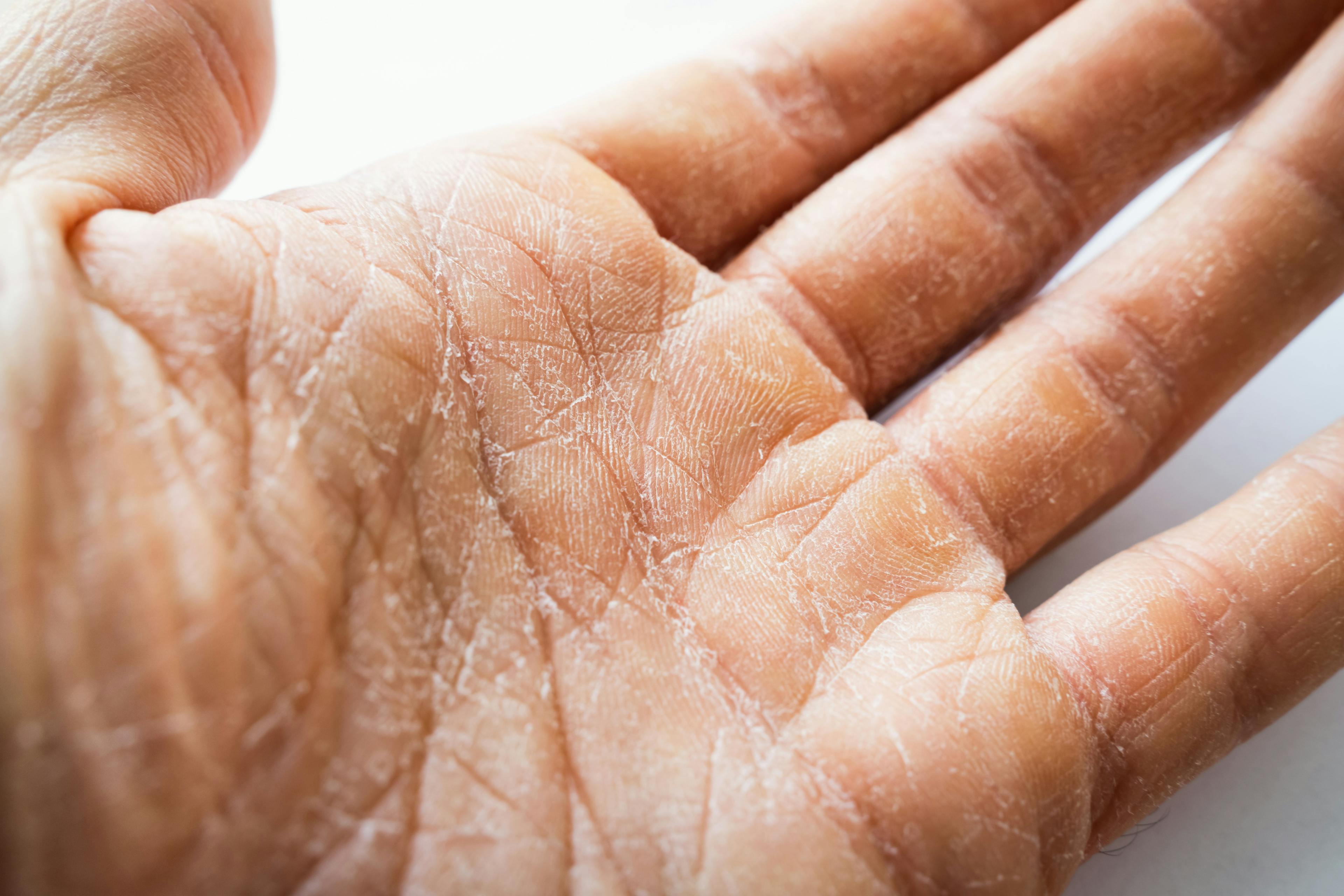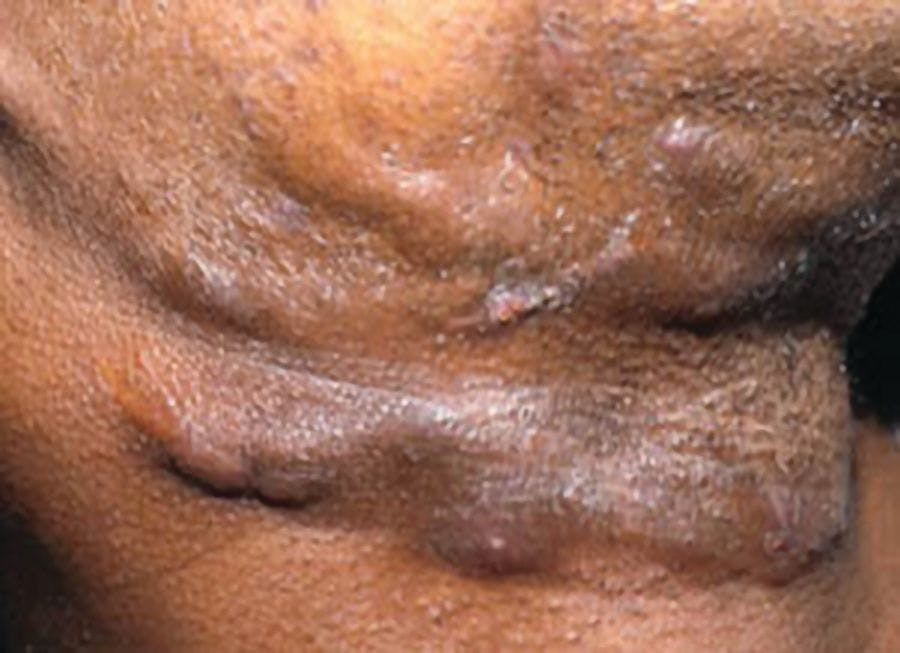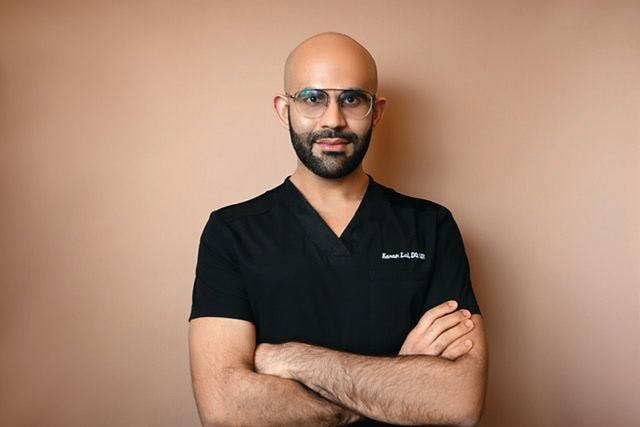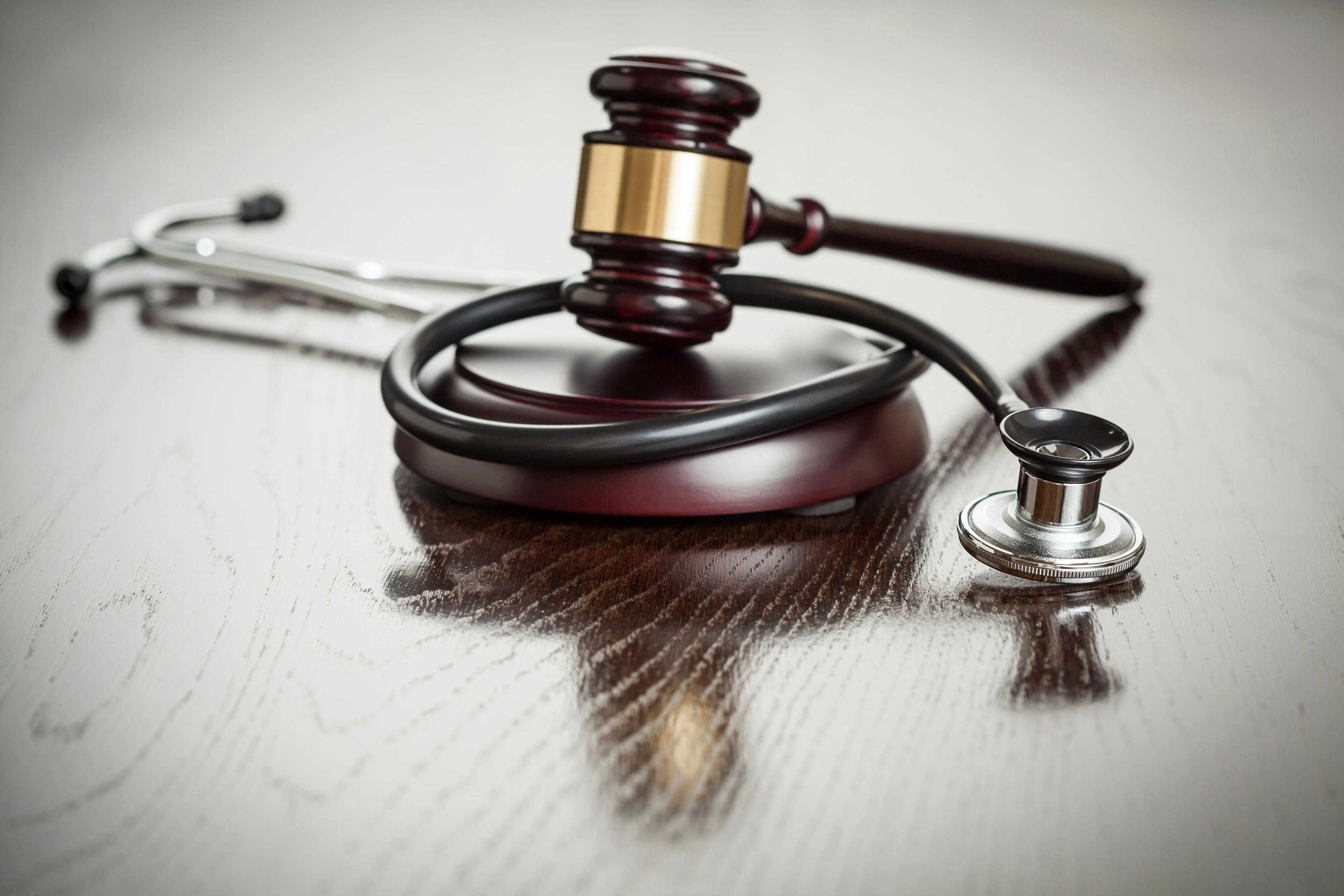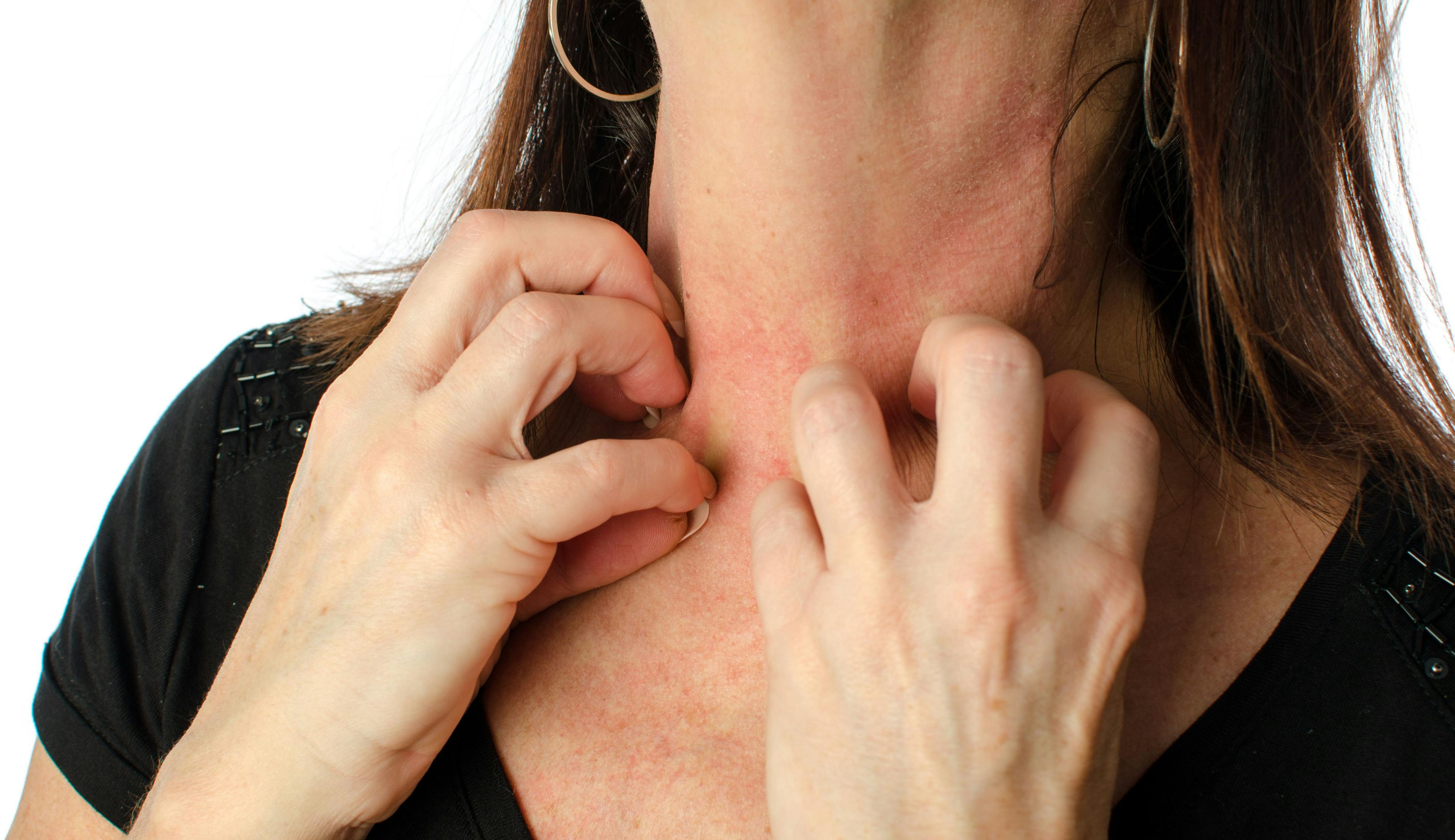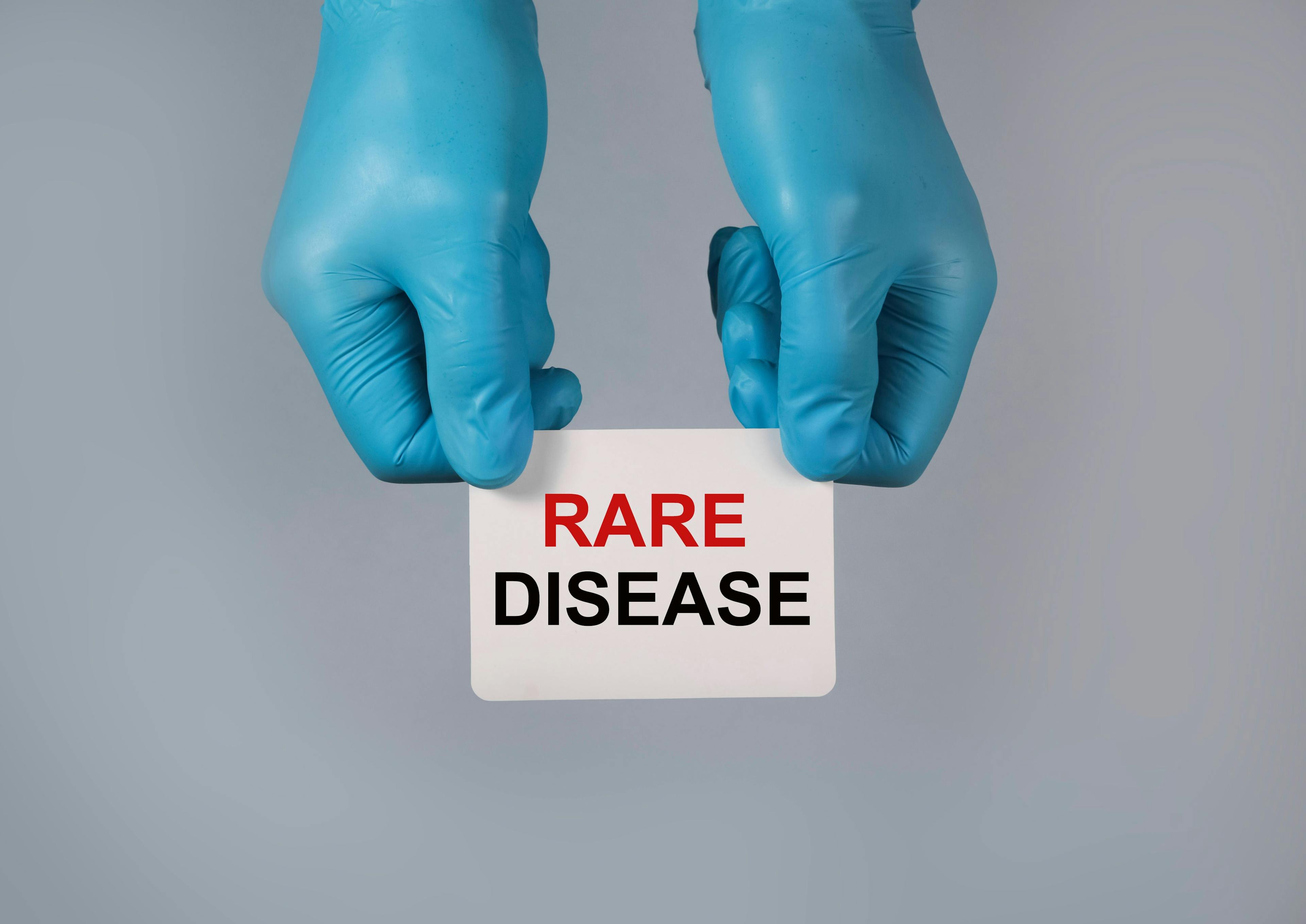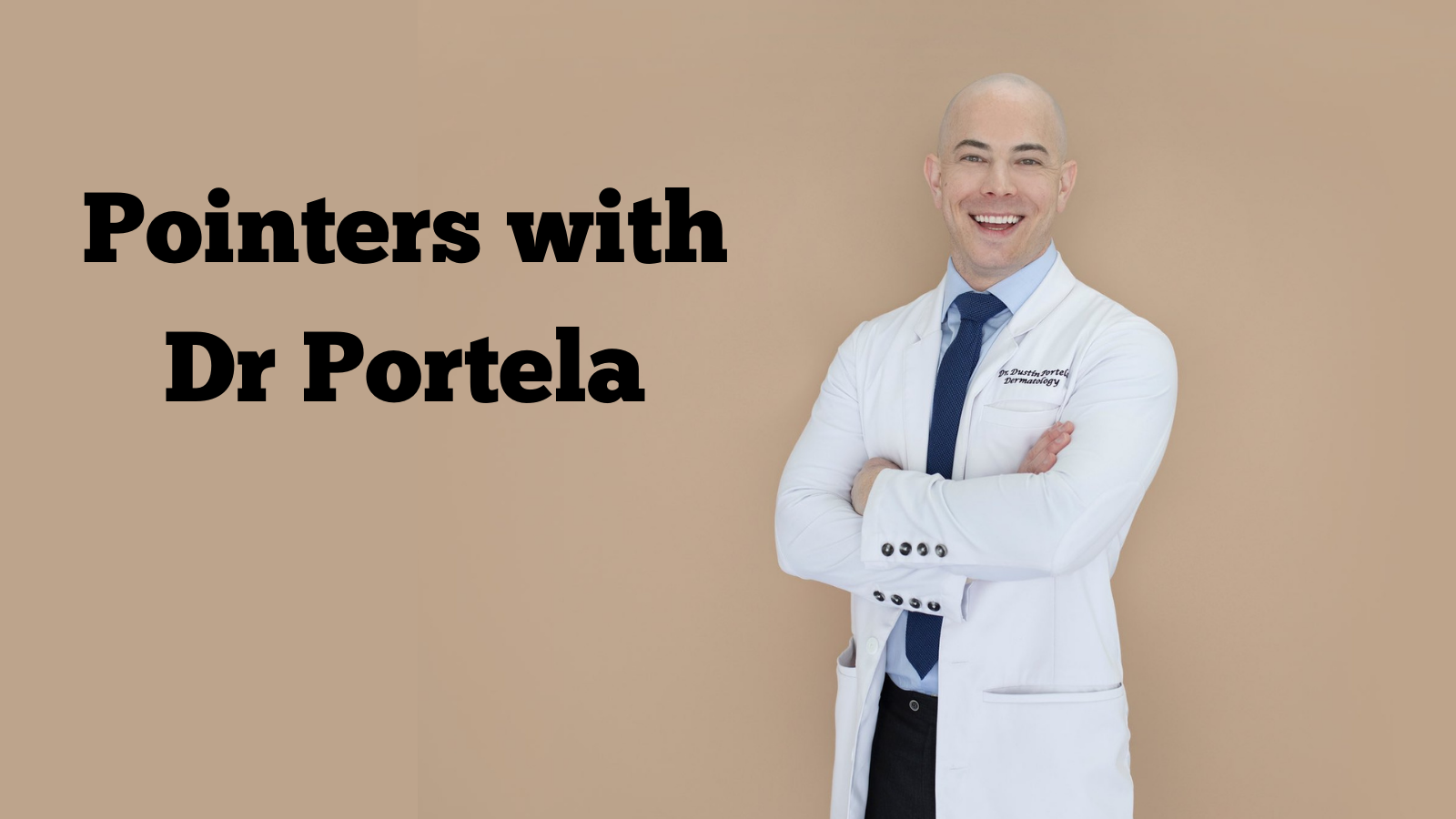- Acne
- Actinic Keratosis
- Aesthetics
- Alopecia
- Atopic Dermatitis
- Buy-and-Bill
- COVID-19
- Case-Based Roundtable
- Chronic Hand Eczema
- Drug Watch
- Eczema
- General Dermatology
- Hidradenitis Suppurativa
- Melasma
- NP and PA
- Pediatric Dermatology
- Pigmentary Disorders
- Practice Management
- Precision Medicine and Biologics
- Prurigo Nodularis
- Psoriasis
- Psoriatic Arthritis
- Rare Disease
- Rosacea
- Skin Cancer
- Vitiligo
- Wound Care
Publication
Article
Dermatology Times
Low-Dose Oral Minoxidil for Hair Growth
Author(s):
More and more, clinicians are using oral minoxidil to treat patients with hair loss. Is it working?
Low-dose oral minoxidil (LDOM) is getting traction among dermatologists as an alternative for treating hair loss problems.
Hair loss, also known as alopecia, is one of the most common cosmetic conditions dermatologists diagnose and treat, affecting 60% to 70% of adults worldwide and costing around 3.5 billion dollars annually in the United States.1 Moreover, hair loss in children accounts for about 3% of all pediatrician visits.2
“There are many treatments available for alopecia,” says Michael H. Gold, MD, medical director of Gold Skin Care Center in Nashville, Tennessee. “The most important thing we as dermatologists must do is accurately diagnose the cause of the alopecia. Is it androgenetic alopecia or related to a medical concern or a medication that they may be on? If it is androgenetic alopecia, then we can use topical or intralesional steroids in some, we can use platelet-rich plasma in some, and we can use nutraceuticals such as Nutrafol or Viviscal, and then when needed, hair transplants.”
Although topical minoxidil has been used as an effective treatment for various hair disorders for decades, most patients show poor adherence with the therapy often because of cost; side effects such as rashes, itching, and inflammation; and cosmetic concerns.3
“We are transitioning to low-dose minoxidil because some of our patients do not want to use topical therapies: [1 reason given] is that it makes their hair greasy,” Gold explains.
A recent review published in the Journal of the American Academy of Dermatology suggests LDOM as a well-tolerated and effective therapy for treating hair disorders in normotensive patients having difficulty with topical solutions. The review included studies in which patients received LDOM as the primary therapy, dosed between 0.25 and 5 mg/day. Patients receiving high dosages, ie, 5 mg/day, were reported to experience more adverse effects, including hypertrichosis and lower limb edema.4
A 3-year retrospective case series reported increased scalp hair growth and decreased hair shedding in patients receiving LDOM, particularly with nonscarring alopecia.5
Evidence suggests that women require lower doses, from 0.25 to 2.5 mg/day, whereas men require from 2.5 to 5 mg/day for maximal efficacy.3
“It can be used as a first-line therapy—although we usually start with topical therapy or finasteride orally first. When using low-dose minoxidil, it is important to let patients know that it is off label, but several published studies have shown safety and efficacy,” says Gold. (The FDA approved topical minoxidil 2% for the treatment of male androgenetic alopecia and female pattern hair loss in 1988 and 1992, respectively. On the contrary, the use of the oral form of the drug for hair growth remains off label. 6) “The response rates in the clinical work done vary, but many have shown > 65% success rates,” notes Gold.
Oral minoxidil was originally synthesized as an antihypertensive drug at a daily dosage of 10 to 40 mg.5 It became popular in treating hair loss after clinical trials coincidentally noticed hirsutism and hypertrichosis among potential drug side effects, leading to its usage in treating hair loss disorders in topical form (Rogaine).7
Lately, LDOM has been studied for the treatment of various hair disorders, with the most studied condition being androgenetic alopecia. Other hair disorders include telogen effluvium, permanent chemotherapy-induced alopecia, traction alopecia, alopecia areata, monilethrix, scarring alopecia, and loose anagen hair syndrome.
When asked about the most common cause of hair loss, Gold says, “Genetics by far, but also some diseases like thyroid disease in some, and medications—which has a list a mile long.”
The use of LDOM for hair loss was initially investigated by Rodney Sinclair, MD, professor of dermatology at the University of Melbourne. He conducted a pilot study and suggested the use of oral minoxidil (0.25 mg) in conjunction with spironolactone (25 mg) as a safe and effective treatment for female pattern hair loss.8
“I began investigating oral minoxidil in hair growth around 2005 and that IJD paper was the first of my teams’ publications on oral minoxidil,” Sinclair says. “The published results have been verified by multiple authors in multiple countries.”
“Oral minoxidil is already widely prescribed by dermatologists to treat hair loss worldwide. A recent publication from Spain showed more than 25% of dermatologists regularly prescribe it. We found similar numbers in Australia. Most of the hair experts in the United States now use it,” he explains.
Although dermatologists have been using topical minoxidil to treat patients with alopecia for many years, the mechanism by which minoxidil stimulates hair growth remains to be fully elucidated. However, animal studies have shown that the drug stimulates hair growth by shortening the telogen and prolonging the anagen phase.
“Minoxidil prolongs anagen duration, thereby reducing hair shedding and increasing hair length; increases fiber diameter, thereby making hair stronger and reducing breakage; and reverses hair miniaturization, thereby increasing hair counts in balding scalp. It does this by increasing the uptake of the amino acid cysteine into the hair bulb outer root sheath. Transport of cysteine into hair cortex keratinocytes in the emerging anagen fiber is the final step in hair keratinization and the rate-limiting step in hair growth,” Sinclair says.
The usage of oral minoxidil at its standard dosage for hair growth is limited because of side effects associated with its standard dosage.8 Although the drug is initially indicated for refractory hypertension and comes with a black box warning from the FDA for the risk of developing pericardial effusion, it exerts minimal vasodilatory effects on normotensive patients. The most commonly observed side effects included pedal edema, tachycardia, and generalized hypertrichosis.9,10
According to the American Academy of Dermatology Association, minoxidil should be avoided in lactating women and those who are pregnant or planning to get pregnant because of its potential teratogenic effects.11
Although dermatologists recommend LDOM to avert side effects associated with topical minoxidil, the oral form comes with its own side effects. A study published in the Journal of the American Academy of Dermatology found 1 mg oral minoxidil and topical minoxidil 5% solution to be equally effective in treating female pattern hair loss. However, hypertrichosis was more common in patients taking LDOM than their counterparts, which is more troublesome for women than men.12
“Hypertrichosis can occur and is dose-dependent. Interestingly, the hypertrichosis is patterned (upper lip, sideburns, forehead, forearms) rather than generalized and can be reduced by antiandrogens such as bicalutamide. That published finding was a surprise,” says Sinclair. “As there is significant tachyphylaxis with respect to the antihypertensive effects of minoxidil, I always start patients off on a low dose and review the patient every 6 to 12 weeks for dose titration,” he further explains.
References
- Hu XM, Li ZX, Zhang DY, et al. A systematic summary of survival and death signalling during the life of hair follicle stem cells. Stem Cell Res Ther. 2021;12(1):453. doi:10.1186/s13287-021-02527-y
- American Hair Loss Association. Children’s hair loss. Accessed September 29, 2022. https://www.americanhairloss.org/children_hair_loss/introduction.html
- Villani A, Fabbrocini G, Ocampo-Candiani J, Ruggiero A, Ocampo-Garza SS. Review of oral minoxidil as treatment of hair disorders: in search of the perfect dose. J Eur Acad Dermatol Venereol. 2021;35(7):1485-1492. doi:10.1111/jdv.17216
- Randolph M, Tosti A. Oral minoxidil treatment for hair loss: a review of efficacy and safety. J Am Acad Dermatol. 2021;84(3):737-746. doi:10.1016/j.jaad.2020.06.1009
- Beach RA, McDonald KA, Muylaert Barrett B. Low-dose oral minoxidil for treating alopecia: a 3-year North American retrospective case series. J Am Acad Dermatol. 2021;84(3):761-763. doi:10.1016/j.jaad.2020.10.032
- Kowe PA, Madke B, Bansod SH. Oral minoxidil in trichology: a review. Indian J Drugs Dermatol. 2022;8:1-6
- Dlova NC, Jacobs T, Singh S. Pericardial, pleural effusion and anasarca: A rare complication of low-dose oral minoxidil for hair loss. JAAD Case Rep. 2022;28:94-96. doi:10.1016/j.jdcr.2022.07.044
- Sinclair RD. Female pattern hair loss: a pilot study investigating combination therapy with low-dose oral minoxidil and spironolactone. Int J Dermatol. 2018;57(1):104-109. doi:10.1111/ijd.13838
- Jerjen R, Koh WL, Sinclair R, Bhoyrul B. Low-dose oral minoxidil improves global hair density and length in children with loose anagen hair syndrome. Br J Dermatol. 2021;184(5):977-978. doi:10.1111/bjd.19756
- Heymann WR. Coming full circle (almost): Low dose oral minoxidil for alopecia. American Academy of Dermatology Association. January 5, 2022. Accessed September 29, 2022. https://www.aad.org/dw/dw-insights-and-inquiries/archive/2022/low-dose-oral-minoxidil-alopecia
- Thinning hair and hair loss: could it be female pattern hair loss? American Academy of Dermatology Association. Updated October 3, 2022. Accessed October 4, 2022. https://www.aad.org/public/diseases/hair-loss/types/female-pattern
- Ramos PM, Sinclair RD, Kasprzak M, Miot HA. Minoxidil 1 mg oral versus minoxidil 5% topical solution for the treatment of female-pattern hair loss: a randomized clinical trial. J Am Acad Dermatol. 2020;82(1):252-253. doi:10.1016/j.jaad.2019.08.060
